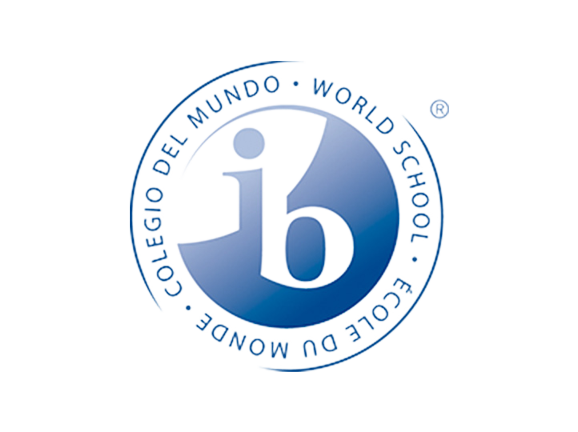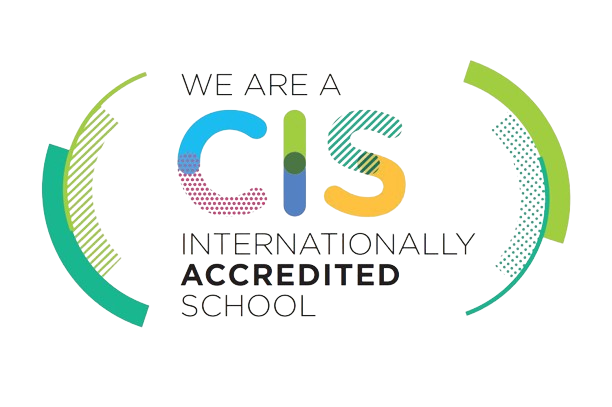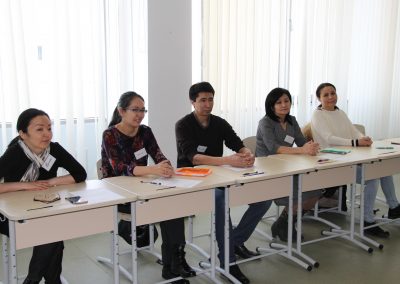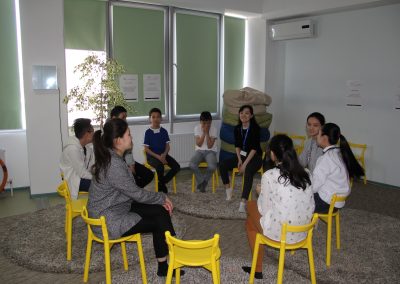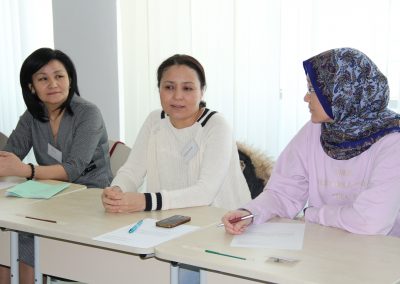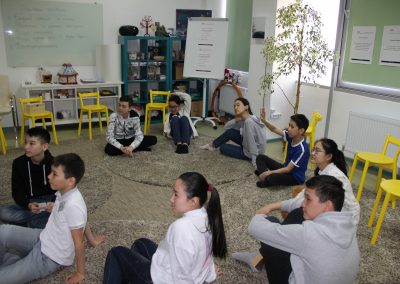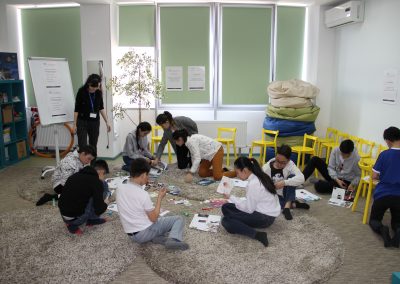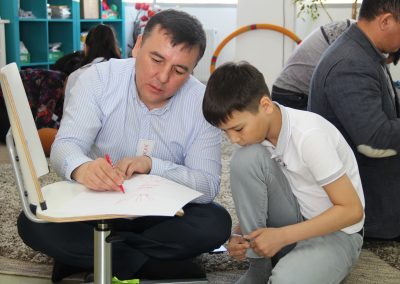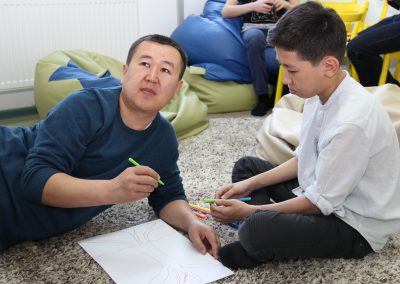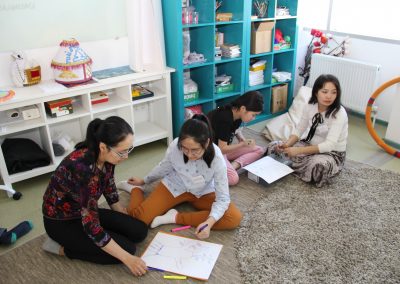Programme mission
Make young people and families stronger, healthier and more capable.
Parents/guardians will discuss
- What are children of this age like?
- How to set the right rules and use consequences?
- How to solve problems in relationships with children?
- How to show love and support?
Families will be able to
- Have fun doing tasks and playing games.
- Understand what makes your family stronger.
- Solve problems together.
Programme objectives
Reducing risk factors in adolescents by strengthening parent-child relationships.
The programme consists of 7 sections. In parallel, there are one hour sessions with teenagers (“Youth”) and parents (“Parents”), after which parents are paired with teenagers (“Family”) for one more hour.
Young people will learn how to
- Deal with frustration.
- Resist peer pressure.
- Appreciate parents.
- Build relationships and get along with others.
THE FOLLOWING TOPICS ARE PRESENTED BY SECTION
|
|
7 grades |
|
|
|
Тopic |
Responsible |
|
|
|
Section 1 |
Parents |
Applying love and limitations |
Psychologist Supervisor |
|
Youth |
Having goals and dreams |
||
|
Family |
Supporting dream goals |
||
|
Section 2 |
Parents |
Family values and rules |
Psychologist Supervisor |
|
Youth |
Respecting and loving parents |
||
|
Family |
Mutual respect |
||
|
Section 3 |
Parents |
Encouraging good behavior |
Psychologist Supervisor |
|
Youth |
Stress management |
||
|
Family |
Family meetings |
||
|
Section 4 |
Parents |
Punishments |
Psychologist Supervisor |
|
Youth |
Adherence to rules |
||
|
Family |
Understanding and acceptance of family values |
||
|
Section 5 |
Parents |
Building bridges |
Psychologist Supervisor |
|
Youth |
Learning to resist peer pressure and influence |
||
|
Family |
Strengthening communication between family members |
||
|
Section 6 |
Parents |
Protecting against negative experimentation (alcohol, smoking) |
Psychologist Supervisor |
|
Youth |
Peer pressure and good friends |
||
|
Family |
Helping parents with peer pressure |
||
|
Section 7 |
Parents |
Family needs and support |
Psychologist Supervisor |
|
Youth |
Mastering the positive model of adolescence |
||
|
Family |
Summing up |
||
